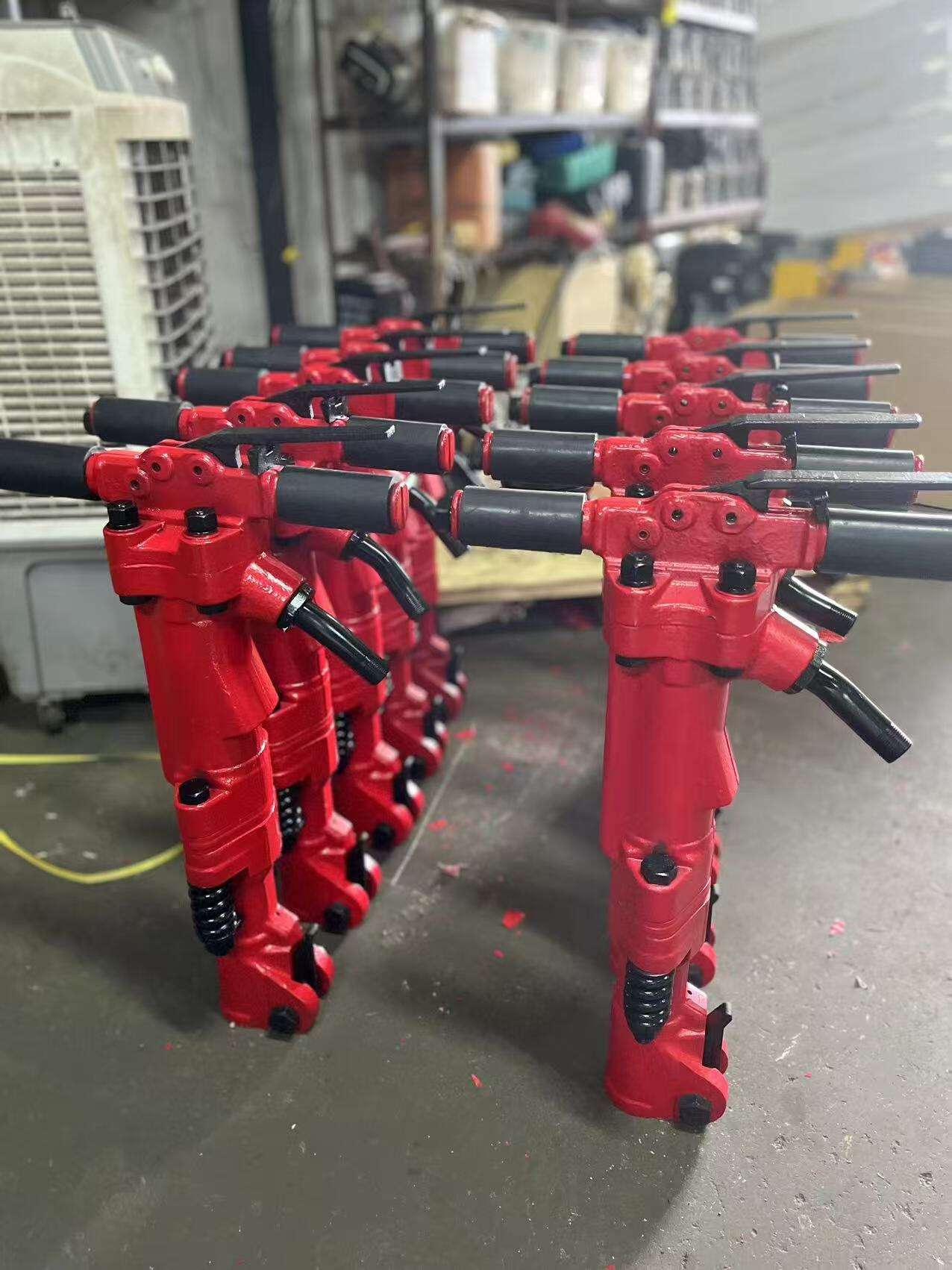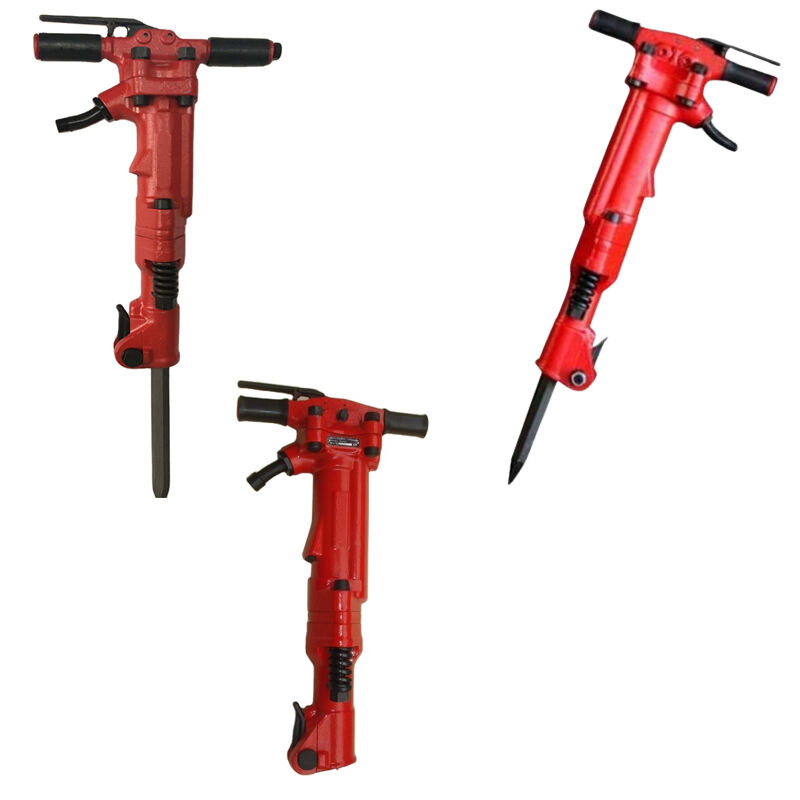Pneumatic Breaker: Compressed Air-Driven Crushing Tool
A pneumatic breaker, also known as a pneumatic jack hammer, uses compressed air as the power source to generate impact force for crushing objects. It is commonly used in construction demolition, road repair, and mining. In construction demolition, it can break concrete structures and masonry walls. In road repair, it can crush damaged road surfaces. DECKWELL may offer pneumatic breakers that are easy to operate and suitable for work in narrow spaces or places with high mobility requirements.
Get A Quote

